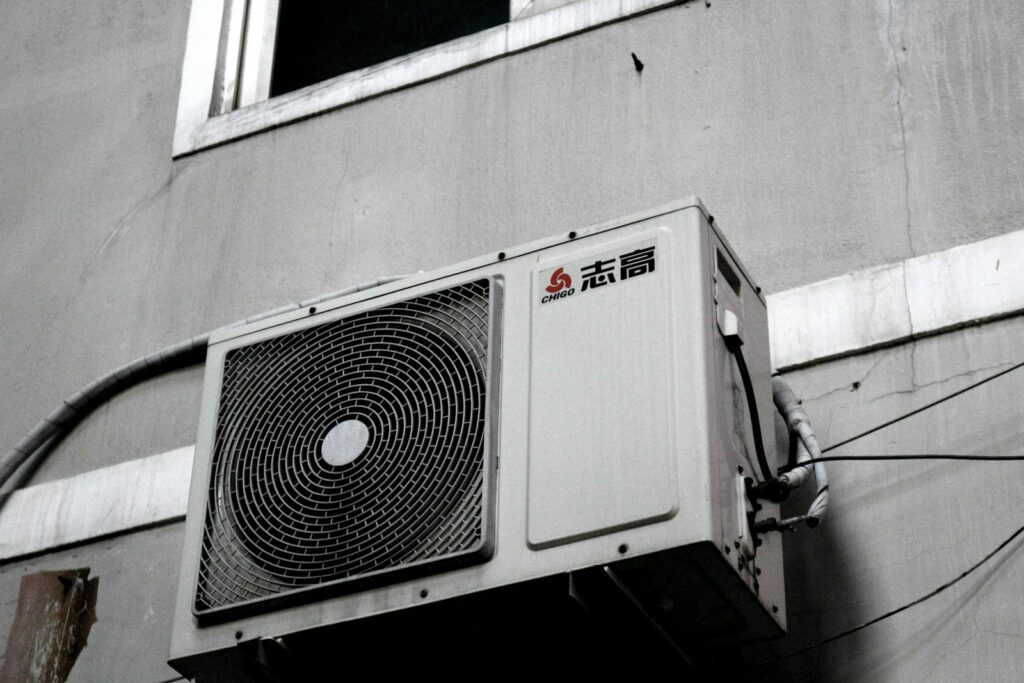As the temperatures soar, investing in an air conditioning system is crucial for maintaining comfort indoors. However, selecting the right size for your AC unit is not just about preferences or budgets; it’s about efficiency and effectiveness. Oversized units can waste energy, while undersized ones struggle to cool your space adequately. This guide will walk you through the essentials of air conditioner installation, focusing on choosing the right size for optimal performance and energy efficiency.
1. Understanding BTUs:
British Thermal Units (BTUs) are the standard measurement for air conditioners’ cooling capacity. One BTU is the amount of energy required to cool or heat one pound of water by one degree Fahrenheit. The higher the BTU rating, the more cooling power the unit has. However, more BTUs don’t necessarily mean better cooling; it’s about matching the BTU capacity to your space’s size.
2. Assessing Room Size:
Before purchasing an AC unit, measure the square footage of the room you want to cool. Multiply the length by the width to get the area in square feet. This measurement will help you determine the appropriate BTU rating needed for efficient cooling. Generally, larger rooms require more BTUs to cool effectively.
3. Factoring in Ceiling Height:
Ceiling height can affect the cooling capacity required for a room. Taller ceilings mean more cubic footage to cool, which may necessitate a higher BTU rating. Consider this factor when calculating your space’s cooling needs.
4. Considering Insulation and Sunlight Exposure:
The level of insulation in your home and the amount of sunlight it receives can impact the cooling load. Well-insulated spaces retain cool air better, requiring fewer BTUs. Conversely, rooms with poor insulation or excessive sunlight exposure may need a higher BTU rating to offset heat gain.
5. Avoiding Oversizing:
While it might seem logical to opt for a larger AC unit to ensure thorough cooling, oversizing can lead to inefficiency and discomfort. Oversized units cycle on and off frequently, resulting in uneven temperatures, excess humidity, and higher energy bills. It’s essential to match the AC unit’s capacity precisely to your space’s cooling needs.
6. Calculating BTU Requirements:
Use a BTU calculator or consult an HVAC professional to determine the ideal BTU rating for your room size, ceiling height, insulation, and sunlight exposure. These calculations take into account various factors to ensure optimal cooling performance without over or under-sizing the unit.
7. Consulting Energy Efficiency Ratings:
In addition to BTU capacity, consider the energy efficiency ratings of different AC models. Look for units with high Seasonal Energy Efficiency Ratio (SEER) ratings, indicating better energy efficiency. While high-efficiency models may have a higher upfront cost, they can lead to significant long-term savings on energy bills.
8. Seeking Professional Advice:
When in doubt, consult with a licensed HVAC contractor for expert guidance on AC sizing and installation. They can conduct a thorough assessment of your home’s cooling needs and recommend the most suitable unit for optimal performance and energy efficiency.
Choosing the right size for your AC unit is a crucial step in ensuring comfort, efficiency, and cost-effectiveness. By understanding factors such as room size, insulation, sunlight exposure, and BTU requirements, you can select an appropriately sized unit that meets your cooling needs without unnecessary waste. Prioritize energy efficiency and seek professional advice when necessary to make informed decisions about AC installation in Big Lake, MN.
Choosing the Best Hot Water Systems in Australia in 2023(Opens in a new browser tab)
Contact the expert HVAC technicians at Professional Mechanical Services at (612) 655-9101 today for expert advice and professional AC maintenance services tailored to your home’s needs.
